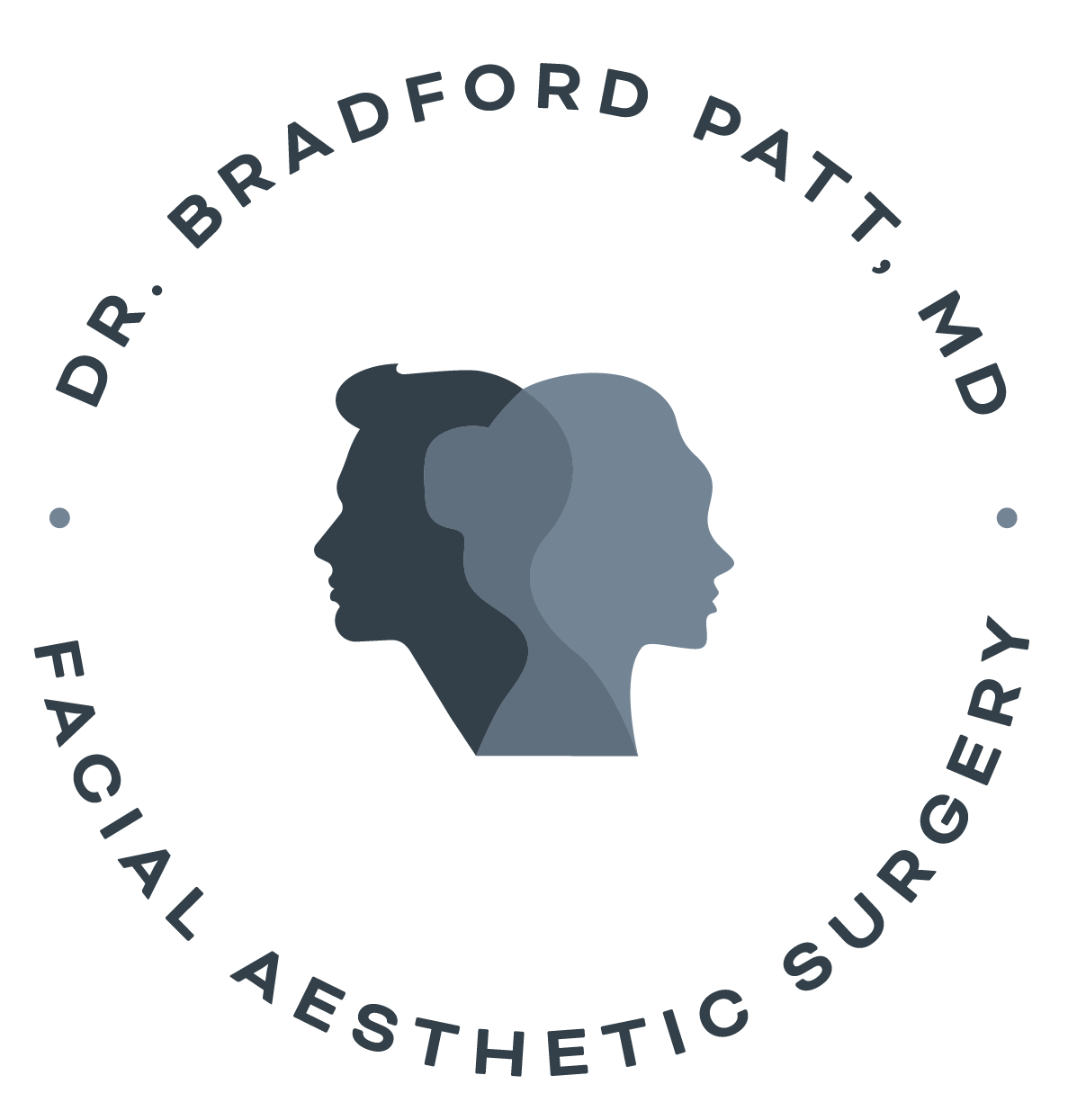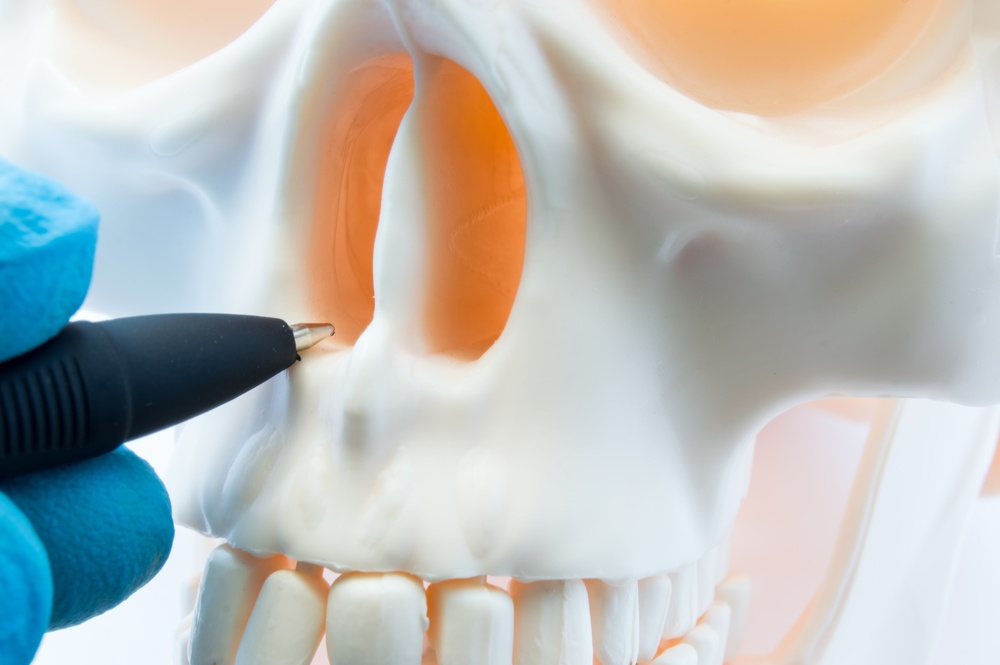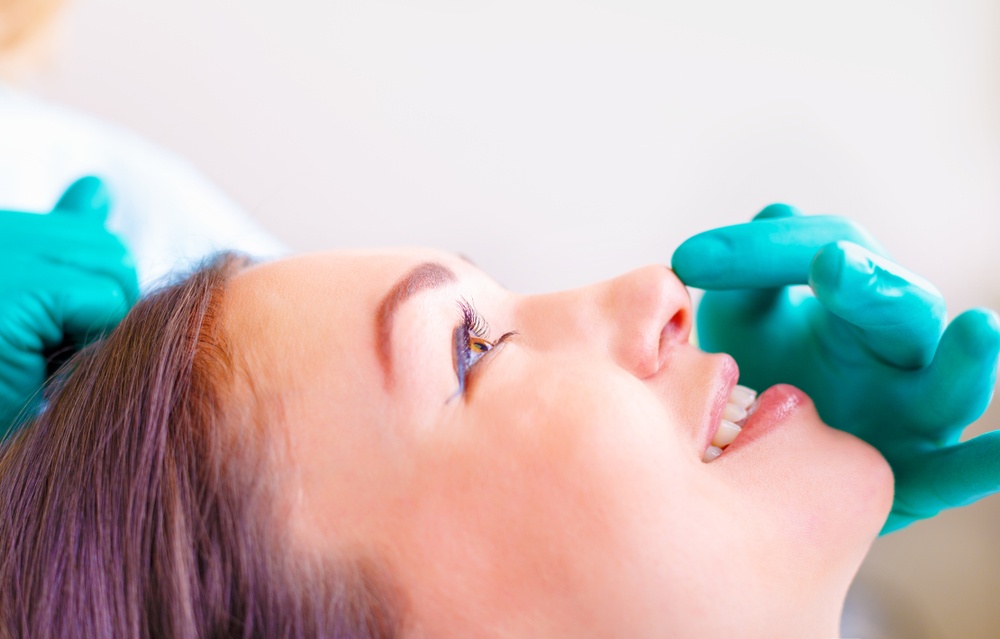Around 80 percent of individuals in the U.S. don't have a straight nasal septum, otherwise known as a deviated nasal septum, according to the American Academy of Otolaryngology - Head and Neck Surgery.
What is a Deviated Septum?
Let us define deviated nasal septum. It's the displacement of the thin wall inside your nose separating your nasal cavity. The nasal septum is a wall consisting of connective tissue and cartilage and connective tissue separating the left and right nasal passages. These nasal passages are lined on both sides with mucous membrane.
When the septum is misaligned, tilted to one side or results in one nasal passage wider than the other, it results in a condition known as a deviated septum.
If you have a deviated septum, depending on its severity and your symptoms, your doctor may prescribe you anti-inflammatory medications or recommend corrective surgery — like rhinoplasty (nose job) performed by Dr. Bradford S. Patt MD, FACS at the Houston Center of Facial Plastic Surgery (HCFPS) if your symptoms are interfering with your breathing or your appearance.
Symptoms of Deviated Septum
Often, septal deformities don't cause any symptoms and you might not even be aware you have a deviated septum. However, some of these deformities might cause the following deviated septum symptoms:
-
Nosebleeds. Your nasal septum surface might become dry, putting you at a higher risk of a crusty dry nose and nosebleeds.
-
Facial pain. A severe deviated septum impacting the inside of your nasal wall, may result in pain in the face, including one-sided facial pain.
-
Headaches. You might also experience headaches as a result of a deviated septum.
-
Nostril obstruction (one or both). Nostril obstruction can make breathing through your nostrils or a nostril difficult. You might notice this more when you have an upper respiratory tract infection, a cold or allergies, which all can cause your nasal passages to narrow and swell.
-
Nasal cycle awareness. Your nose can alternate obstruction on one side and then switch over to obstruction on the other side. When this occurs, it's referred to as the nasal cycle and is a normal phenomenon. However, actually being aware of your nasal cycle is abnormal and may indicate you have an irregular amount of nasal obstruction.
-
Post nasal drip. A misaligned deviated septum can lead to post nasal drip or a runny nose.
-
Nasal congestion. You may have a congested nose frequently.
-
Noisy breathing while sleeping. Young children and infants with a deviated septum or intranasal tissue swelling often experience noisy breathing when they're asleep. You may snore or exhibit a whistling noise while inhaling or exhaling.
-
Preference to sleep on a particular side. Some individuals might prefer a particular side to sleep on to help optimize nose breathing at night. A deviated septum narrowing on nasal passage could be causing this.
-
Sleep apnea. Patients with a severely deviated septum may have sleep apnea.
-
Increased rate of infection. Because a misaligned septum can impact nasal drainage, it can increase the risk of nasal or sinus infections, some which are resistant to antibiotics.
Some individuals who only have a mildly deviated septum might only experience symptoms when they have an upper respiratory tract infection. Those with a more severe deviation might develop recurring nosebleeds or chronic sinusitis that lasts until they undergo surgery to correct the problem.
Deviated Septum Causes
There are several deviated septum causes which are:
-
A congenital condition: In some cases, people can develop a deviated septum during fetus development. In other words, some individuals were born with this condition. It occurred due to an injury during childbirth or during fetal development.
-
An injury: Your septum can become deviated by a blow to your nose, regardless if at the time it didn't seem too severe. Generally, a deviated septum occurs more commonly after birth due to an injury that results in your nasal septum moving out of place.
-
Aging: Getting older can cause a deviated septum or make it worse.
Rhinoplasty and a Deviated Nasal Septum
Rhinoplasties are farily common. In 2016, more than 220,000 rhinoplasties were performed, according to the American Society of Plastics Surgeons in its 2016 Plastic Surgery Statistics Report.
A nose job and a deviated nasal septum occur for certain reasons: some people have a functional problem like a deviated septum, while others also involve an appearance-related cosmetic nose issue.
Your nose isn't just the main focus of your face; it also plays a huge role in how you breathe. Even a small nasal problem, such as a deviated septum, can impact how you breathe on a daily basis. It can also affect how you sleep.
If you have a broken or crooked nose, a deviated septum can often be seen visually. Fortunately, you can make your nose look better and have it function properly by undergoing a rhinoplasty procedure. In some cases, a rhinoplasty may be combined with a procedure known as a septoplasty to correct the shape or size of the septum, or the area between the nostrils.
About the Rhinoplasty Procedure
A rhinoplasty can also help to improve how your nose looks. When you have a deviated septum, it can cause your nose to look unattractive and throw off your facial symmetry. In many cases, the surgeon performs the procedure as an outpatient at a surgery center, like the Houston Center of Facial Plastic Surgery. At a surgery center, you can receive quality care without the inconvenience and expense of an overnight hospital stay. During the procedure, an anesthesiologist monitors vital functions.
Typically, our Houston surgery center staff call ahead of time (usually the night before your procedure) to go over your medical history. Several days before your surgery, you'll need to undergo preoperative laboratory studies. You'll also need to arrange transportation for after the procedure.
During a nose job procedure, Dr. Patt straightens the crooked bone and cartilage making up the noses septum using either a closed or open surgical approach. The procedure helps improve sinus function, breathing and snoring due to air being blocked by your septum and not being able to pass through your nose properly.
Recovery from the Rhinoplasty Procedure
Immediately following your procedure, you'll be monitored closely for rare complications. You'll likely be able to go home the same day. A rhinoplasty is generally a safe procedure. Like with any surgery, there are risks such as:
-
Anesthesia risks
-
Problems persisting even after the procedure
-
Changing of the shape of your nose
-
Decreased sense of smell
-
Excessive bleeding
-
Mass of blood (septal hematoma)
-
Temporary numbness in your teeth and upper gums
When you're recovering from your procedure, your doctor might give you medicine to help reduce your chances of post-op infection or to help manage discomfort or pain. Be sure you take all medications as they're prescribed.
You might experience some swelling after surgery outside your nose. You can return to work within a week and back to exercising within a month.
Also, while healing, you should avoid any nose disruption. Your septum should become fairly stable by three to six months following your procedure. Changes can still occur up to one year later. Avoid bumping your septum to prevent this.
After your surgery, you can help with the healing process by following these tips:
-
Elevate your head when you sleep.
-
Don't blow your nose.
-
Wear clothing that you don't have to pull over your head.
-
Avoid cardio and other strenuous exercises.
A rhinoplasty improves your nose functionality and overall symmetry and balance of your face when performed by a qualified and experienced board certified facial and plastic reconstructive surgeon, like Dr. Bradford S. Patt MD, FACS. A small percentage decide to undergo a second procedure to improve airflow or for cosmetic reasons.
Schedule Your Rhinoplasty for Deviated Septum Consultation at Houston Center of Facial Plastic Surgery
During your preoperative consultation for rhinoplasty, you and Dr. Patt will discuss what changes you desire, and he will use photographs and computer imaging to show you the likely results. A cosmetic rhinoplasty procedure can be performed along with internal nasal surgery to improve the breathing function of your nose.
Schedule your rhinoplasty consultation with Dr. Patt today. Call us today at (281) 649-7170 for more information or schedule an appointment or complete our online form.





